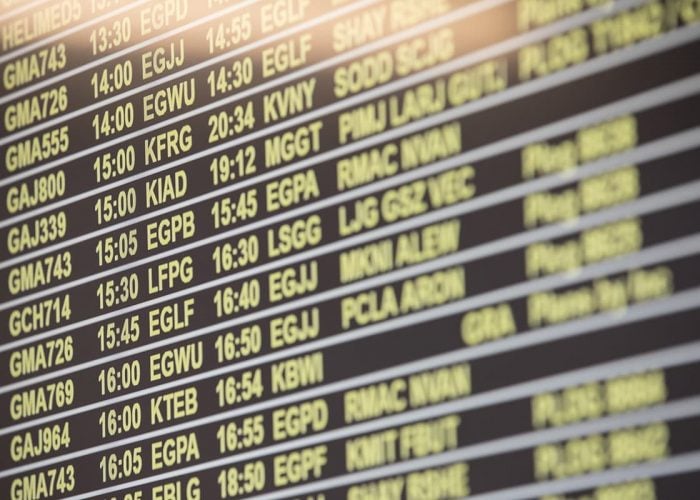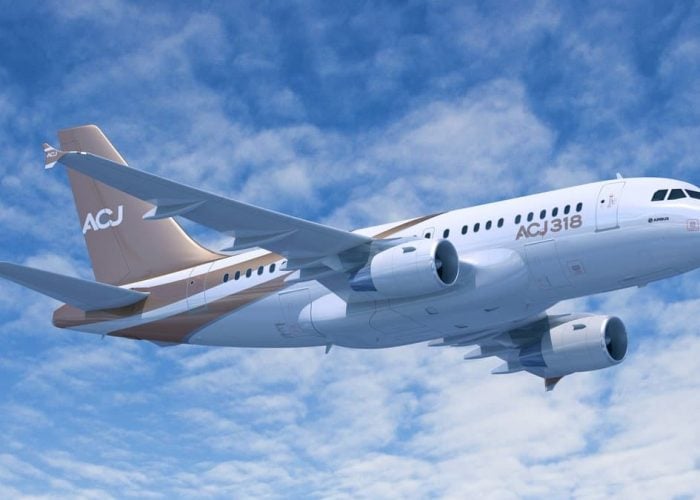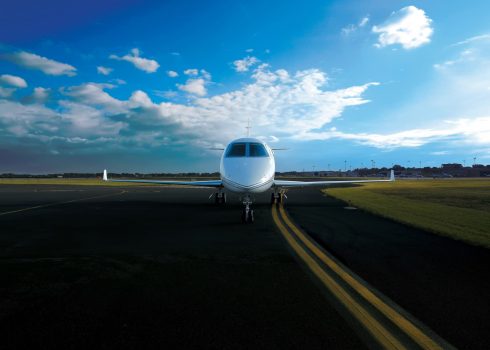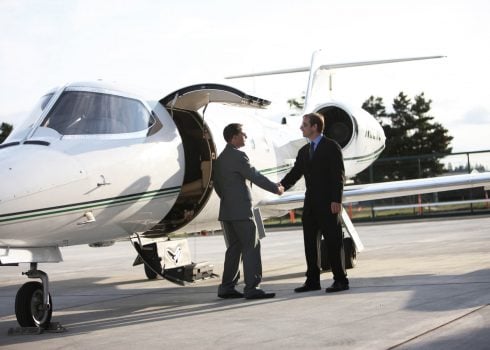Managing private jet aircraft operating budgets
As your prospective aircraft management company it is critical that we build an operational picture of how you will use the aircraft either through:
- your previous years flying schedule
- the ‘best guess’ of your future flying schedule
This is important for as it will help authenticate and add greater fidelity to the budget that your Account Manager will develop for you. It also creates a benchmark by which we can then determine to what degree marginal gains can be delivered. For instance a predicted twenty trips to Geneva would allow us to begin to leverage our scale in fuel buying. The dollars or cents saved in doing so may seem trivial to the overall cost profile but we prefer not to see our clients’ money (quite literally) burned.
But I can’t predict my flight schedule?
We understand. the beauty of having a private jet is your ability to travel when you wish to where you wish. The above is not an attempt to constrain, but merely make sure we are working hard on your behalf to manage the operating costs of your private jet. Working with your EA we can determine patterns of travel and ensure that the support structures are aligned to your likely travel arrangements, this would include but is not limited to:
- Negotiation on fuel, ground handling, cleaning, catering and parking / hangar requirements
- Crew hotel / accommodation (HOTAC)
- Security requirements for movements outside of the aircraft
- Setting up maintenance support agreements in case of any difficulties
- Determining & agreeing additional charter requirements (helicopter transfers, smaller aircraft, additional lift)
For a recent client, working in live entertainment, we were able to effectively plan and budget for a three year commitment, adapting the plan as requirements changed. Planning in this way is a direct consequence of our experience working within the special missions environment.
Managing your private jet operations variable costs
As the name suggests this cost basis is highly dependent on the number of times the aircraft is used over a given period and specifically identifies the following:
- airport landing fees
- ground handling and FBO service fees
- aircraft catering
- crew travel and subsistence
All operational budgets provided at the start of an engagement will have a projection of the costs of the above based on a likely scenario however again the true aircraft operations variable only be really defined by working through the detail. By way of example, the variable cost profile on a $17m Bombardier Global flying 200 hours (the bare minimum number of hours we would advise) would have a variable operational cost of between $170-200,000. All of which are passed to you, the client, by us at cost price.
Improving the fidelity of the figures
Again this is a relatively small figure against the depreciation or annual financing commitment of the aircraft however accuracy can be improved by spending more time on delving into the details. For example:
- Determining the likely number of night flights / night stops. This influences everything from catering choices (if sleep is a priority then its unlikely a five course dinner will be required) to crew HOTAC arrangements
- What are your travel policies? Do crews fly first class, business or economy/coach on sectors over four hours? Do they stay in a three star airport hotel or a five star hotel in the centre of the city?
- What discounts can be achieved at what locations and through which FBO networks?
Managing your private jet direct operations costs
Private jet direct operating costs are almost all concerned with the specific requirements of directly operating the aircraft, therefore they are one of the higher costs basis. Using our $17m Bombardier Global example flying in the region of 200 hours, the direct operations costs could be in the region of $700-800,000. The ‘DOC’s are calculated on a flight hour basis and include the following:
- Fuel / lubricants
- Navigation
- Maintenance (parts & defects allowance)
- Engine reserves (two outboard and the auxiliary power unit [APU])
- Operations support (flight planning and operations services)
Off all the private direct operating costs, fuel is always seen as the most expensive item. It is also the item that can be best negotiated based on scale agreements with the fuel majors such as Air BP or with FBO networks. The scale of the discounts will reflect anticipated fuel uplift or historic uplift and can, at certain locations, lead to tangible savings. For example, for one client we where able to defray there entire management fee for the month based on one trip to a location where we had secured volume discounts.
Improving the fidelity of the figures
To improve the direct operating cost models, we will need to establish with you the following
- Your future flight schedule, previous year’s schedule or even knowing the airports closest to your real estate portfolio, manufacturing sites, etc. can help us build fuel pricing scenarios and work with fuel suppliers to secure better than market pricing.
- Based on your flight patterns and use we can also build up the service requirements so that risks are mitigated. Aircraft are complex machines and so preemptively organising maintenance support at common destinations can help reduce unwanted service interruptions and help avoid variable pricing.
Managing your private jet fixed costs
After the private jet’s direct operating costs or DOC’s are considered the next largest cost area are the aircraft’s fixed costs. Again here it is worth considering the detail particularly if a new owner is taking onboard an aircraft. The costs basis to be considered as fixed costs are typically as below:
- your management fees
- CAMO (continued airworthiness management fees)
- Crew / personnel fees
- Scheduled maintenance provision
- Insurance
- Parking / hangarage
- Crew training
- Manuals & publication
- Miscellaneous costs
- any minimums shortfalls that you may wish to provide against
Rather than a laborious dig through each, let’s look at some of those that are regularly examined
- Aircraft management fees. As stated previously they are usually in the $5,000 – $15,000 range and depend greatly on the aircraft type. It’s fair to say that like all professional services you tend to get what you pay for.
- CAMO / CAM. The CAM team will ensure the paperwork for your aircraft is correct and all maintenance tasks are either planned, being worked on or accurately recorded. Poor records can have a material effect on the value of the asset as well as incur the wrath of the bank (if financed) and the regulators. Again you get what you pay for.
- Crew. The crew roster will depend on the frequency and duration of your flight schedule. For high frequency, long duration short notice flights then a minimum of four crew pilots (two Captains and two First Officers) will be needed. For other requirements this can be reduced to three or even two. On the larger, more capable aircraft, you’ll also need to determine whether you wish to have a dedicated Flight Attendant. They are primarily in the cabin to set-up and serve, they are not the same as a commercial aviation Steward / Stewardess who has a much higher standard of safety and medical emergency training.
- Insurance. Insurance savings can be material and we can often secure significant savings
- Parking. Airports close to cities can be expensive for long term parking. However analysis of the opportunities to park elsewhere, bringing the aircraft in when needed can create good savings.




